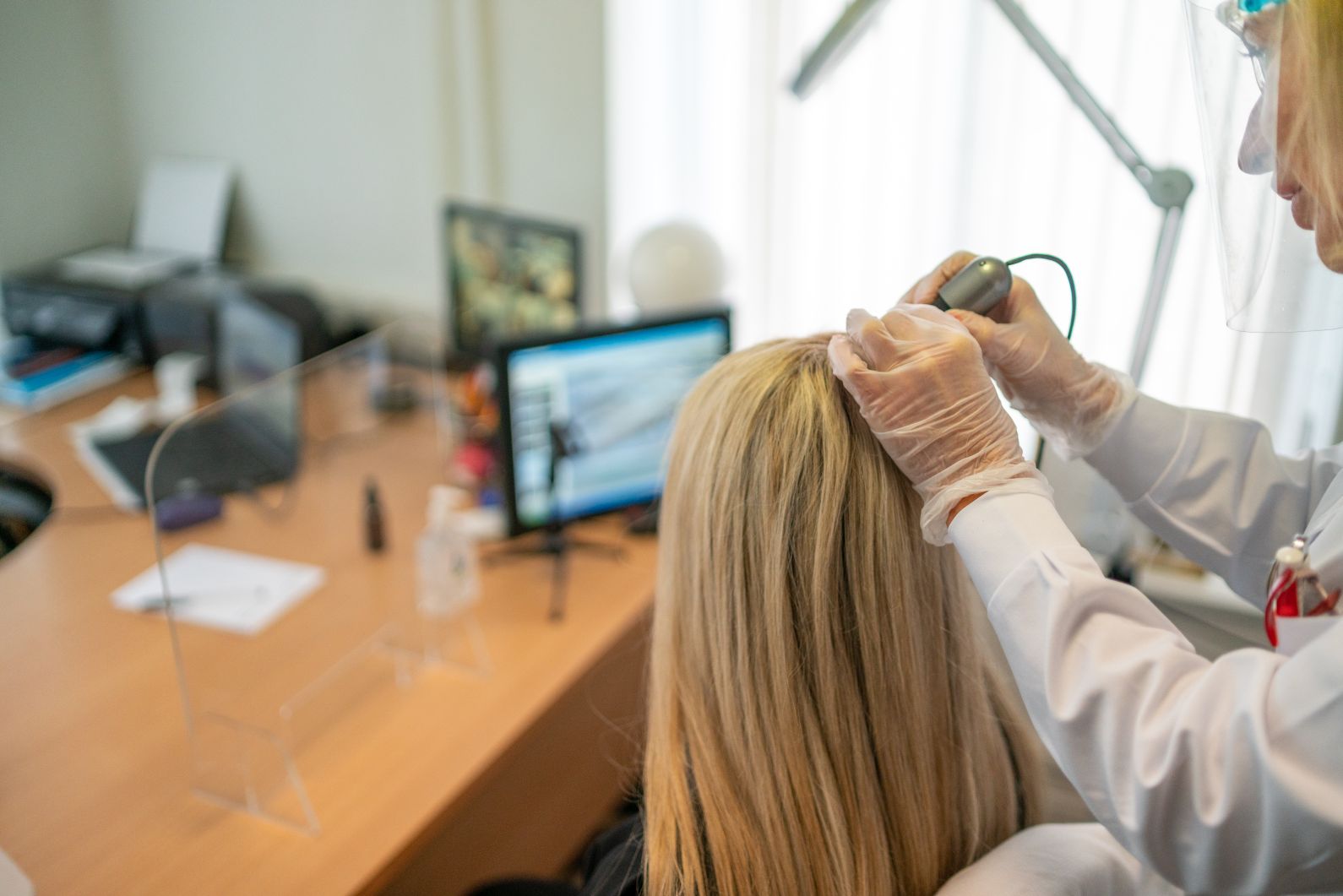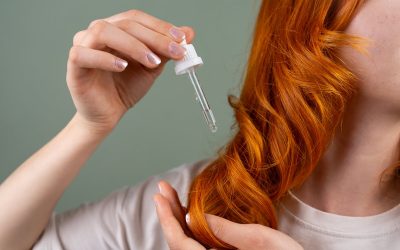When scalp on the crown area becomes visible, you are most likely suffering from hair thinning. It is not an uncommon thing as losing hair is a natural part of growing old. While it tends to be more common in women who are older than 40, around 5% of those under 30 also experience hair loss.
It can be distressing to see your hair get thinner given how important having a thick head of hair is for women like you. But there are things you can do to prevent the problem from progressing rapidly. It all starts with identifying the cause and seeking immediate treatment.
Causes of Hair Thinning at the Crown in Females
Female Pattern Hair Loss
Androgenetic alopecia, popularly called female pattern hair loss, is the most common cause of hair thinning at the crown in women. This condition affects men as well and is widely known as male pattern baldness. In fact, it is also the leading cause of hair loss among males.
One key difference between male pattern baldness and female pattern hair loss is how it manifests. In men, it results in a receding hairline or a bald spot at the top of the head. In women, it leads to noticeable hair thinning over the crown or all over the scalp.
Female pattern hair loss is said to be genetic which means that you inherit certain genes for this condition from one or both of your parents. Hormonal changes during menopause may also trigger it.
Women suffering from female pattern hair loss first notice a widening of the part at the top of their head or a smaller or thinner ponytail.
Traction Alopecia
Hair thinning at the crown can also be due to traction alopecia. It is a hair loss condition that is brought about by styling habits that cause tension at the hair roots.
The most common cause of traction alopecia is repeatedly sporting tight hairstyles that pull on the hair like buns, ponytails and braids.
This condition can also be due to excessive exposure to chemicals like those used to straighten hair. In addition, frequent use of heat-emitting equipment like a curling iron and hairdryer can also trigger it.
Typically, traction alopecia mostly affects the hairs on the front or sides of the scalp. But it can also cause thinning or hair loss on other areas of the scalp, including the crown, depending on your hairstyle.
Treatments for Hair Thinning at Crown in Females
While female pattern hair loss is the usual culprit for sparser hair at the crown, it is best that you consult a trichologist or dermatologist first before you use any product.
To successfully treat the problem, there should be an accurate diagnosis and only a hair and scalp specialist is equipped to do this.
The treatment will primarily depend on the underlying cause of the hair loss. Other factors that come into play are the severity of the condition and your age.
It should be noted that female pattern hair loss is a progressive condition that is not reversible. The treatments for it are geared towards slowing down the hair loss and promoting hair regrowth. Fortunately, there is a hair growth medication that is clinically proven to be effective.
Furthermore, while female pattern hair loss is not curable, the chances of preventing it from progressing rapidly are high when you seek early treatment.
Meanwhile, for traction alopecia, the problem may resolve on its own just by changing your hairstyle. However, if there is significant hair loss, the trichologist may recommend hair growth medications as well as hair strengthening supplements.
In summary, instead of altering your hairstyle to hide the thinning at your crown, see a trichologist or dermatologist immediately. With early intervention, you can regain what you’ve lost and have a luscious head of hair once again.
Are you noticing hair thinning at the crown? Our trichologist is experienced in treating different types of hair loss in women. Call us now on +353 (0)1 6793618 or send us a message via our website!



